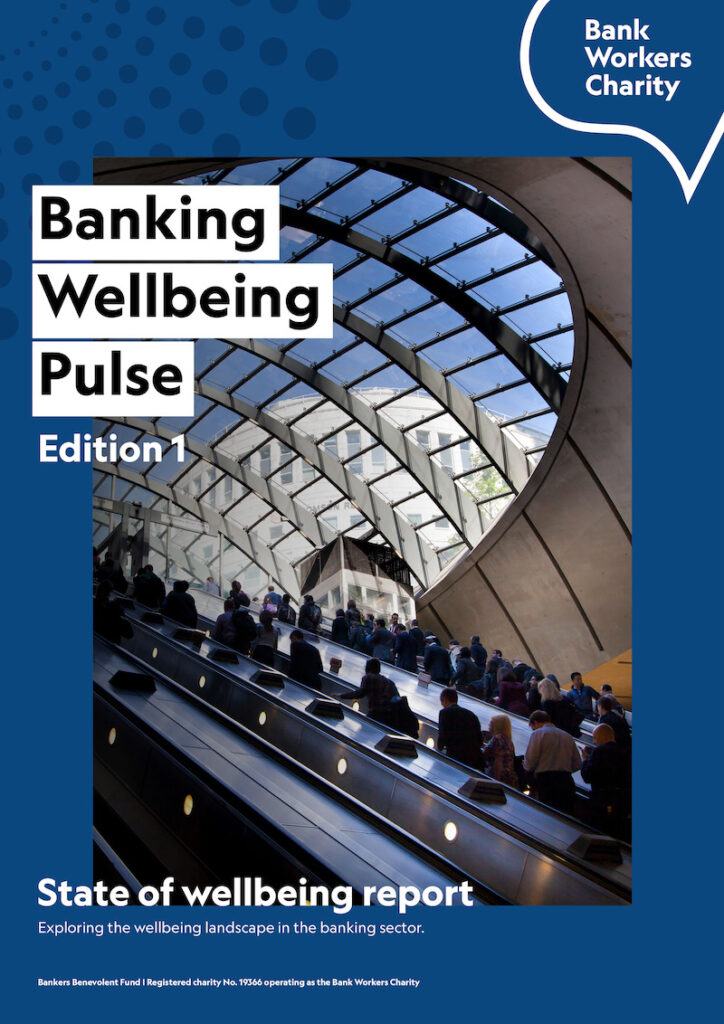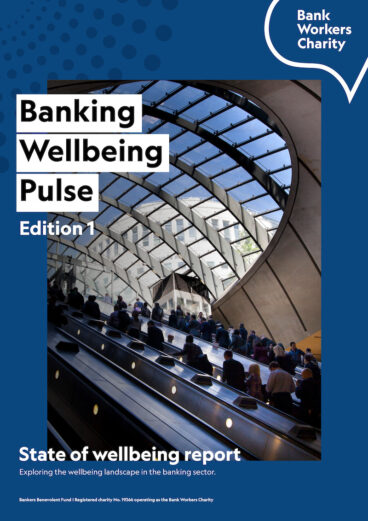Twenty years ago, workplace wellbeing was in its infancy. It’s not too much of an exaggeration to say that back then, the wellbeing offer in most corporations amounted to little more than access to a gym facility, an Employee Assistance Programme (EAP) that offered counselling on emotional and psychological issues and some healthy eating options in the staff restaurant. And such as it was, responsibility for wellbeing was unclear. In some organisations, the Occupational Health department played a key role, in others responsibility resided with HR but there was little in the way of a coordinated approach. And at that time, employee engagement, not wellbeing was the primary focus for companies seeking to create a healthy culture and maximise business performance and productivity.
Wellbeing as a key business priority
83
of businesses globally have a wellbeing strategy in place
7/10
businesses now have a Head of Wellbeing role
Workplace wellbeing is now seen as an essential contributor to organisational culture and in a tight job market, the wellbeing offer has become a significant differentiator in recruitment terms. The range of programmes available to staff has expanded enormously as a consequence of our more nuanced understanding of the factors that affect our wellbeing. As a result, wellbeing strategies now incorporate support for issues as diverse as cancer, domestic abuse, fertility and loneliness; issues that weren’t even on the horizon as workplace concerns 5 years ago.

A landscape that is gradually evolving
This has not been an overnight turnaround; more of a gradual evolution; so gradual in fact that many experts began to doubt whether wellbeing would ever be more than a peripheral issue in the workplace.
What we in fact saw, was an increasingly persuasive body of research accumulate to demonstrate that investing in workplace wellbeing brought real dividends – and not just in terms of work performance and productivity but in staff morale too. So much so, that right now the business argument for wellbeing is widely believed to have been won. Historically, the introduction of wellbeing programmes was an act of faith, with proponents arguing that looking after your people was simply the right thing to do. But in a data driven world, businesses were never going to be content to leave it at that and sought to demonstrate the return on investment that comes with a wellbeing commitment. The Virgin Pulse wellbeing survey of HR and business leaders shows how far we’ve come.
71
of respondents said they could “clearly see the ROI” from their wellbeing efforts
A measure of this growing commitment is the development of complex organisational architecture to support the wellbeing agenda. This is clearly visible in UK banks where there is always someone in a position of seniority in the business, that has responsibility for the banks’ evolving wellbeing strategy. Often but not always, this is a head of wellbeing, and they usually have a team of colleagues to support them in this. It’s also increasingly common to have a board member that sponsors and champions the wellbeing agenda.
In most banks, there is a much larger cohort of enthusiasts among the general workforce, who are directly involved in wellbeing activity. In some cases, these employees are mental health first-aiders, in others wellbeing champions; all of them voluntarily taking on these responsibilities alongside their day jobs.
Lloyds Bank trained up 2,800 mental health advocates, who form an integral part of their wellbeing apparatus. The commitment of employees like these has been central to the embedding of a wellbeing culture in UK banks.
It’s part of a wider development that has seen wellbeing cease to be the sole preserve of HR and become something owned by everyone. Now business leaders and line managers accept they have wellbeing responsibilities towards their people, whilst employees make use of the wellbeing programmes that have been made available to support them.
Companies are continuing to increase their commitment to health and wellbeing in both support and financial investment
- Aon 2022-2023 Global Wellbeing Survey
A data-driven approach
A more recent development in the banking sector is a more data-driven approach to wellbeing planning. As part of a drive to be more evidenced based, banks have conducted a great deal of research into the wellbeing issues affecting their people. They’re able to draw on data from a wide range of sources such as their EAP’s who can provide anonymised information about the kinds of problems employees are seeking help with. Occupational health can identify which clinical issues are the causes of short and long-term sickness absence. Most importantly the banks get vital data from their own internal wellbeing research, in the form of engagement surveys, wellbeing surveys and focus groups.
Some banks run their own internally developed wellbeing indexes that provide invaluable insights to help shape their wellbeing goals. The net result of it all is that each bank’s wellbeing strategy is unique and is built upon a well-researched understanding of their employee’s needs and priorities. And this data-driven approach allows for much more targeted interventions. At one bank, knowing which areas of the business suffered most with long-term sickness absence from mental health problems, allowed them to introduce a series of targeted interventions to help their people.

Wellbeing through an inclusivity lens
One of the most significant recent shifts in thinking around wellbeing is to view it through an inclusivity lens. This is very evident in the banking sector right now and is the latest example of how the more nuanced understanding we have of wellbeing is yielding benefits.
Over the last few years, wellbeing leads, with the support of Employee Resource Groups (ERG’s) and Equality, Diversity and Inclusion (EDI) networks, have sought to ensure that the health and wellbeing requirements of different workforce demographics are addressed. As a result, we’ve seen the introduction of new initiatives such as:
- Menopause apps
- Fertility support
- Carer’s charters
- Flexible working arrangements
And this growing inclusivity means that the needs of groups like carers, disabled employees, or LGBTQ+ staff, aren’t lost in a homogenised, one-size-fits-all approach. All of this is reflective of what one wellbeing lead referred to as a maturity model of wellbeing within their bank; one that is multi-faceted, data-driven and which, in the breadth of its offer is truly reflective of the multitude of issues that can affect an employee’s wellbeing.
What does the future hold?
So, the wellbeing landscape is unrecognisable from what it was 20 years ago but what’s coming next? Certainly, things will continue to be strongly data-led. We’re also seeing banks stepping in to support employees’ wider health problems. Some are providing same or next day GP appointments. Private medical insurance is increasingly tweaked to allow staff to obtain assessments for neurodiverse conditions, the lack of access to which can be extremely distressing. With an NHS that’s struggling to meet demand in so many areas, this trend seems set to continue.
The future will also involve a more personalised approach to wellbeing. We’ve already seen a refinement of wellbeing messaging in banks. Wellbeing leads know that to have impact, their presentations and content need to be pitched towards the interests of their audience. The days of generic content are over.
To resonate with employees, the material and the initiatives must have direct relevance. And that means wellbeing content and programmes are increasingly designed with specific audiences in mind. The wellbeing needs and priorities of older employees for example, are distinct from those of graduate joiners and so their content needs to be crafted differently. In some instances, so might the channels of delivery.


NatWest have an expression that captures the essence of this. They recognise that the different spheres of our wellbeing interact with each other, for good and for bad, and they refer to the “wellbeing jigsaw of connectivity”. Everyone’s jigsaw of connections is subtly different and in the long run we’ll see wellbeing being programmes being tailored to and delivered in ways that recognise those differences.
Finally, we’re likely to see businesses playing a more educative and encouraging role; creating an environment in which employees manage their own wellbeing; putting in place a plethora of resources that facilitate a healthy lifestyle. And this will represent the completion of a shift to a preventative rather than reactive approach to wellbeing; an approach that will largely be delivered digitally, through apps and online resources, one that is personalised, addressing each employee’s unique priorities at times that are convenient for them.
These are some of the changes we can expect to see in the wellbeing landscape; there will undoubtedly be others, including some we haven’t anticipated. What seems certain is that workplace wellbeing will continue to feature prominently on the business agenda for the foreseeable future.
Next up in this edition…


